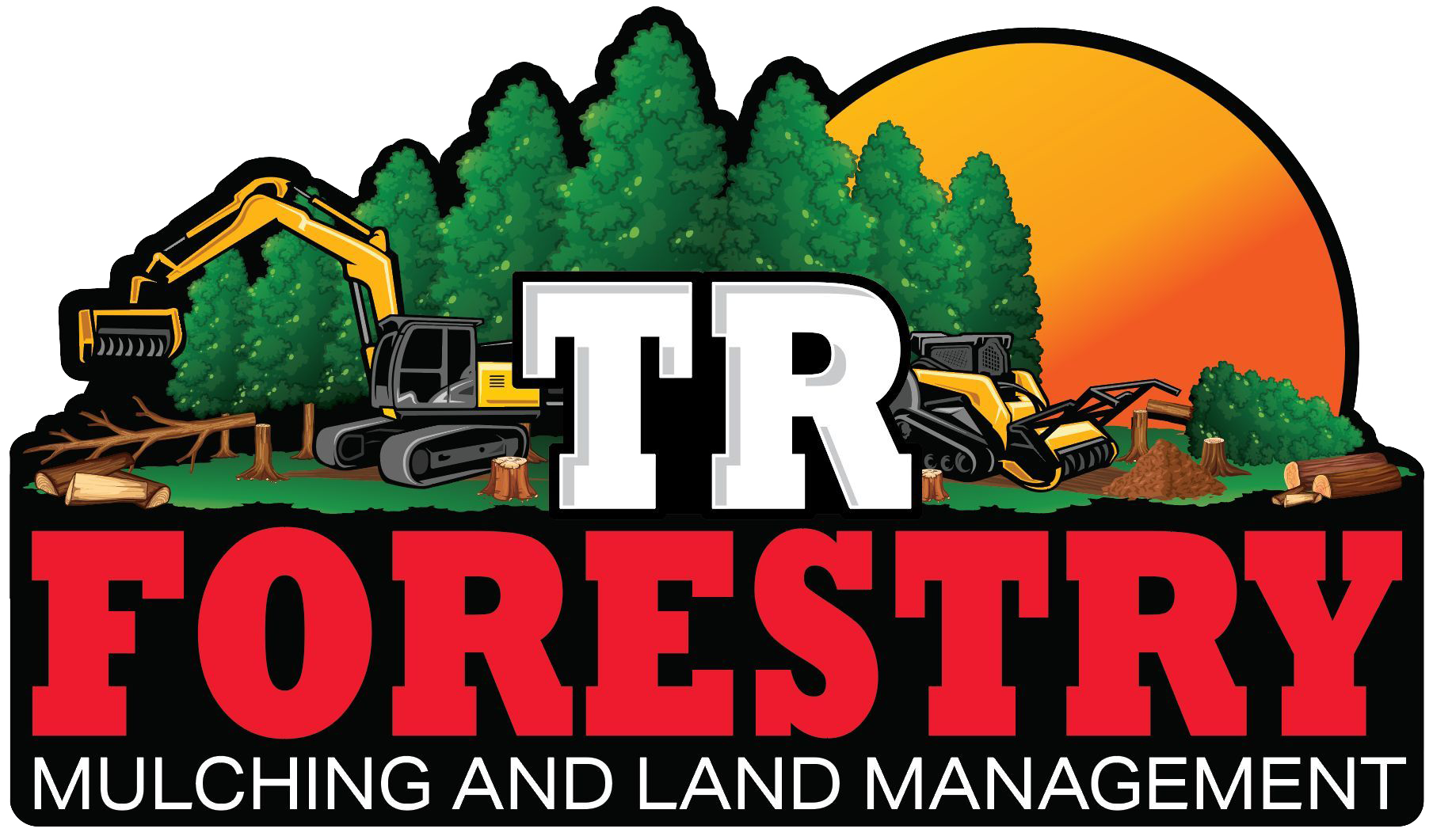FAQ
Brush Hogging (Rough Cut Mowing):
What is brush hogging?
Brush hogging is a method of clearing overgrown vegetation like tall grass, weeds, small trees (saplings), and thick brush using a heavy-duty rotary mower attached to a tractor.
When is brush hogging typically needed?
It's often used for pasture maintenance, clearing fields, preparing land for development, creating firebreaks, and maintaining utility easements.
What are the benefits of brush hogging?
It's a fast and efficient way to clear large areas of dense vegetation, helps control unwanted growth, and can improve land access.
What size of vegetation can a brush hog handle?
Typically, brush hogs can handle material up to a few inches in diameter, depending on the machine's capabilities.
Is brush hogging the same as finish mowing?
No, brush hogging provides a rough cut and is not intended to create a manicured lawn. Finish mowing uses different equipment for a smooth, even cut.
Forestry Mulching:
What is forestry mulching?
Forestry mulching is a land clearing method that uses a specialized machine to grind trees and vegetation into mulch directly on the site.
What types of vegetation can be mulched?
Forestry mulchers can handle a wide range of vegetation, including trees, stumps, underbrush, and thickets.
What are the benefits of forestry mulching?
It's often faster and more cost-effective than traditional land clearing, leaves behind erosion-controlling mulch, reduces the need for hauling and burning debris, and minimizes soil disturbance.
What is the difference between forestry mulching and traditional land clearing?
Traditional methods often involve felling trees, piling debris, and burning or hauling it away. Forestry mulching processes everything on-site.
Is forestry mulching environmentally friendly?
It can be more environmentally friendly by reducing emissions from burning and hauling, and by leaving behind beneficial mulch.
Land Clearing:
What does land clearing involve?
Land clearing encompasses various methods to remove trees, brush, stumps, and other obstacles from a site to prepare it for a specific use (e.g., construction, agriculture).
What are the different methods of land clearing?
Methods can include manual clearing, bulldozing, excavation, forestry mulching, and sometimes controlled burning (where permitted).
How long does land clearing take?
The timeline depends heavily on the size of the area, the density and type of vegetation, and the chosen clearing method.
What permits are typically required for land clearing?
Permit requirements vary by location and project size. It's essential to check with local authorities regarding environmental and land disturbance permits.
What factors affect the cost of land clearing?
Factors include the size of the property, the density and type of vegetation, the terrain, the chosen clearing method, and disposal costs (if applicable).
Tree Work (Tree Removal, Trimming, Pruning):
What types of tree work do you offer?
This can include tree removal, tree trimming (pruning), stump grinding, and sometimes emergency tree services.
When is tree removal necessary?
Tree removal may be needed for dead, dying, or diseased trees, trees posing a safety hazard, or trees interfering with construction or other projects.
What is tree trimming or pruning?
This involves selectively removing branches to improve the tree's health, structure, safety, or appearance.
Is it better to grind or remove a stump?
Stump grinding is generally less disruptive and removes the stump below ground level. Stump removal involves excavating the entire stump and root system. The best option depends on the future use of the land.
How do you ensure safety during tree work?
Professional tree services follow strict safety protocols, use appropriate equipment, and are often insured to protect against potential risks.
